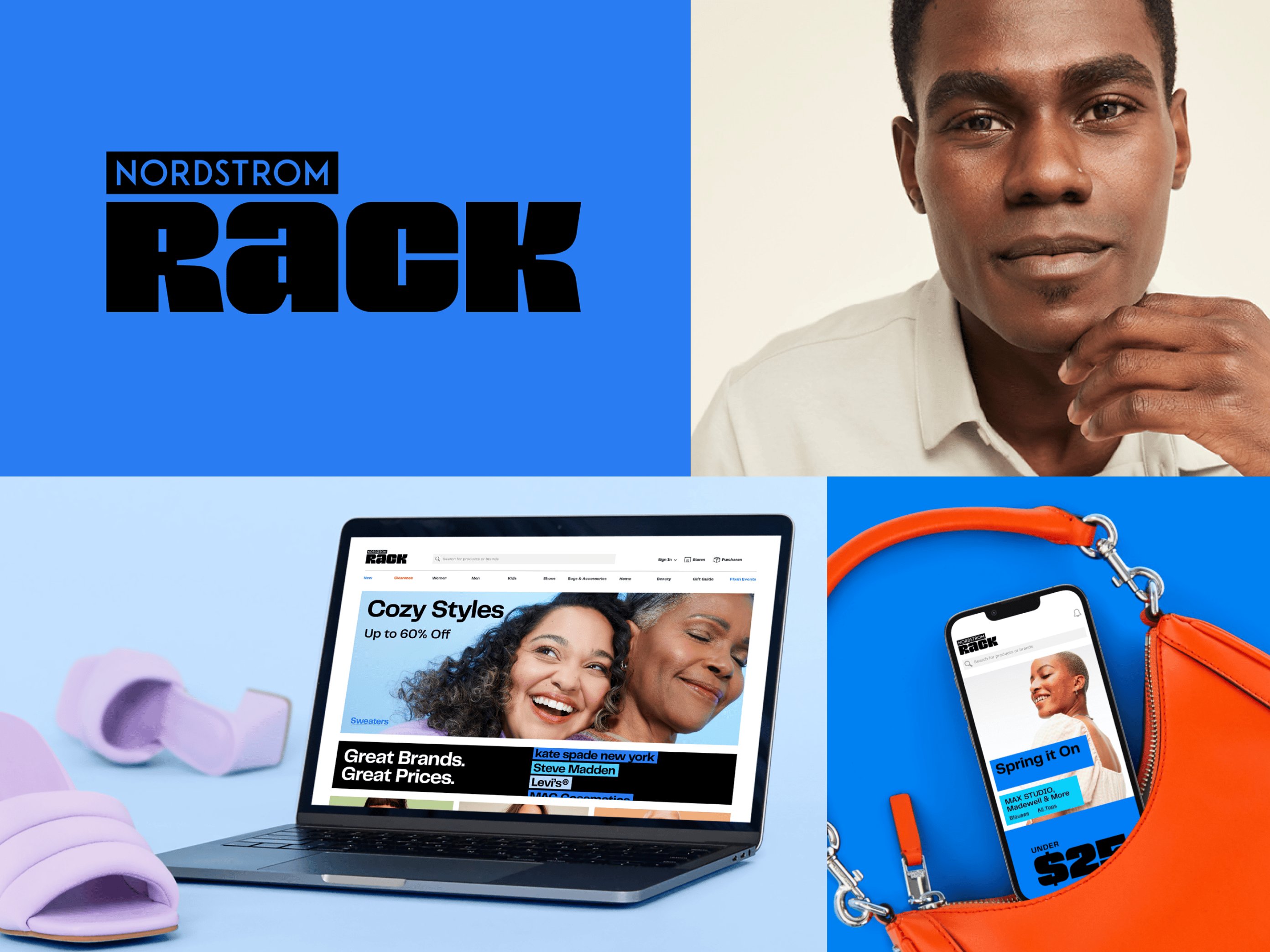Technology reshapes how brands grow. From AI-driven design tools to analytics and cloud-based collaboration platforms, digital tools are making rebranding more efficient, scalable, and data-driven than ever before.
Instead of one-time overhauls, brands can now continuously evolve.
Frontify makes rebranding easier by centralizing everything in one place — including assets, guidelines, templates, and feedback. Unlike static PDFs or siloed systems, Frontify provides a dynamic brand hub that develops alongside your team’s needs.
Let’s look at some top rebranding trends and how technology drives them.

Traditional rebranding strategies that are becoming obsolete
Rebranding is shifting from static revisions to ongoing evolutions that keep brands flexible and audience-focused. Here are some trends that are on the outs:
- One-time modification: Rebranding was once a set-it-and-forget-it initiative. Now, brands adapt in real time as platforms and consumer behaviors change.
- Aesthetic-only revision: Rebrandings used to focus more on logos, colors, and taglines. Now, teams rely on data analytics, user experience, and digital performance metrics to inform growth.
- Top-down, internal-led processes: Companies used to make brand adjustments without direct input from users. Traditional tools, such as static brand books and siloed file storage, make it hard to change and involve teams. Now, with platforms like Frontify, marketers collaborate on a cloud-based alternative — with built-in access, feedback, and updates.

Why brands must evolve
Brands don’t exist in a vacuum. To stay relevant, they need to adapt to new demands, platforms, and audiences. Here’s what’s driving that change:
- Brand expansion: As companies grow, so do the number of teams, tools, and touchpoints.
- Digital transformation: New channels and technologies require more flexible brand systems.
- Globalization: Reaching international audiences means localizing brands across cultures and markets.
- Social communities: People expect brands to show up consistently and respond in real time.
Modern rebrandings aren’t one-and-done — they’re built to keep progressing.

Tech trends shaping successful rebranding
As traditional rebranding fades, new tech trends enable a dynamic, personalized, and scalable evolution for lasting impact. Here are some rebranding trends on the rise:
- AI and personalization:AI-driven branding to create dynamic experiences for your customers.
- Data analytics and insights: Data-driven analytics guide decisions for better brand positioning and audience alignmen
- Augmented and virtual reality (AR/VR): Immersive storytelling and interactive brand experiences to engage audiences.
- Adaptive and responsive branding: Flexible design systems to scale across different platforms.

How to use rebranding trends to inform tech-forward strategies
1. Use AI for brand design and identity transformation
Artificial intelligence makes brand management more efficient, especially regarding identity evolution. Brands can automate visual creation, edit templates, and refine messaging. AI speeds up the rebranding process while maintaining quality, so you have a cohesive look and voice across all touchpoints while design teams can test and refine their new identity in real time.
Erika Baltusyte, Creative Director at Templafy, highlights how AI-driven document automation is crucial for maintaining consistency across high-volume business documents and rolling out the company’s rebranding.
"Our visuals incorporate unique shapes that represent different data pieces, highlighting our innovative approach to document automation and AI.” - Erika Baltusyte, Creative Director at Templafy
Christian Lund, CEO of Templafy, said that a brand should be a “living, breathing thing” that changes over time. Frontify enables brands to centralize and store assets, automate capabilities such as streamlined template updates and AI-powered content standardization, and govern an efficient rollout.
2. Create a user-centric design
Customers expect seamless, intuitive brand experiences across every platform, making user-focused design more important than ever. A new brand identity isn’t just about visuals — it’s about how easily people can interact with and understand your brand.
To create a rebranding that’s fresh and functional, teams need to focus on these elements:
- Accessibility: Use clear typography, high-contrast colors, and screen-reader-friendly content.
- Inclusive design: Test with diverse users and adapt for different needs.
- Consistency: Make sure your website, app, and marketing materials feel natural to navigate.
A confusing or inconsistent user experience can weaken your rebranding before it even takes off. To build trust, prioritize user experience from the start so you can boost engagement and ensure your brand leaves a lasting impact.
3. Adopt a DAM and brand portal
Rebranding, especially on a global scale, can be a significant undertaking for companies, sometimes spanning years. Without a centralized system, you risk inconsistencies and confusion across teams as the rebranding evolves over time. DAM (digital asset management) systems and brand portals provide a single source of truth for your whole team.
"A brand portal like Frontify is such a crucial tool for rebranding. Having one place where everyone could read more to understand the new brand strategy, download assets, logotypes, and PPT templates, and find guidelines with instructions really helps in global implementation processes" - Marte Alvfalk, Senior Brand Manager at Tietoevry
While static PDFs and scattered storage solutions create versioning issues and slow rollouts, a centralized platform keeps assets, guidelines, and templates up to date, searchable, and accessible.
Embrace change and digital evolution
Rebranding is no longer a one-time event; it’s an iterative process that evolves alongside technology, culture, and consumer expectations.
Borussia Dortmund’s approach to rebranding reflects this mindset. With an initial design system that wasn’t built for today’s digital-first world, the teams embraced a more adaptable design system and built a brand they could scale across all touchpoints — from stadium screens to social media.
Rather than treating the new identity as a fixed endpoint, the goal was to build a flexible system: “You really need to know what your core values are and stick by them, even if it means having to work harder for short-term awareness,” said Marius Happe, Head of Marketing at Borussia Dortmund.
With collaborative, cloud-based tools like Frontify, brands can continuously evolve their identity, keeping pace with change while staying true to their essence.
Make your rebrand seamless. Explore how a centralized brand hub can simplify your rebranding process and align your team.



